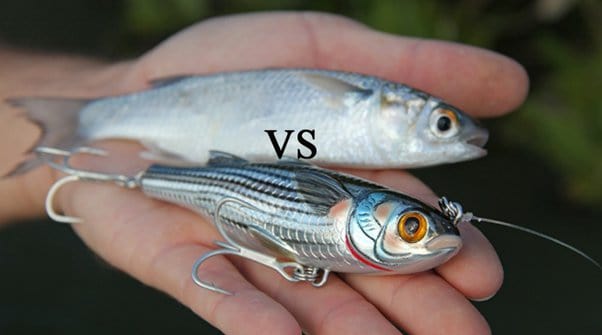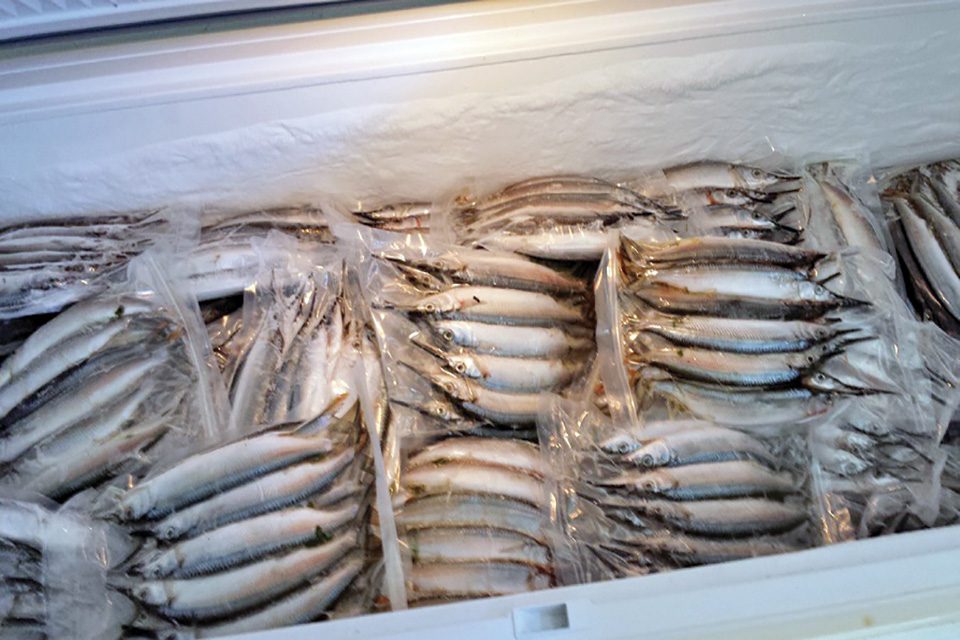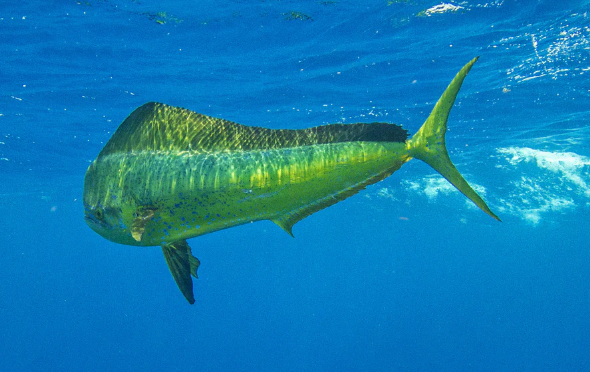Catching Australian salmon can be a thrilling and challenging experience for both novice and experienced anglers. Here are some tips to help you increase your chances of landing a big one:
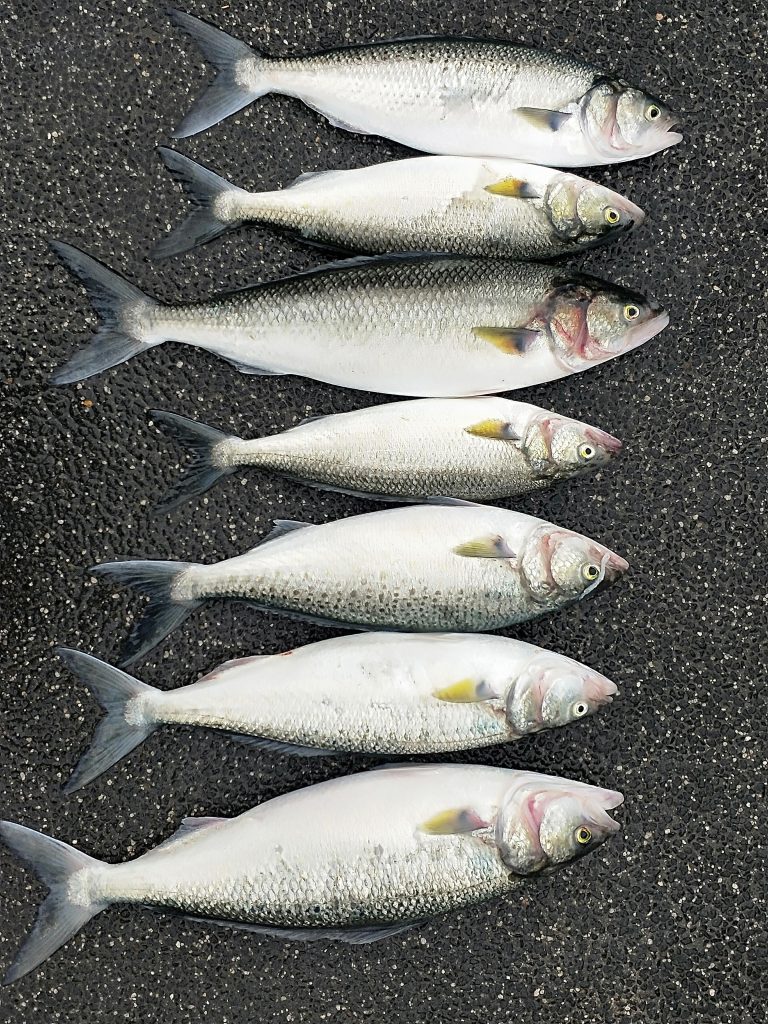
Gear and Equipment
The first step to catching Australian salmon is to have the right gear and equipment. A medium to heavy rod and reel combo with a fast action and 6-10kg line is recommended for targeting salmon. Braided line is also a good option, as it provides greater sensitivity and helps you feel even the slightest bite. A range of lures and baits can be effective for catching salmon, including metal slugs, soft plastics, and baitfish such as whitebait or pilchards.
Location
Australian salmon can be found in a variety of coastal habitats, including surf beaches, rocky headlands, and estuaries. Look for areas with white water and strong currents, as this is where salmon are most likely to be feeding. Schools of birds diving or fish jumping can also indicate the presence of salmon.
Casting Techniques
When casting for Australian salmon, it’s important to use a technique that will get your lure or bait in front of the fish. A long, overhead cast with a strong backswing can help you achieve greater distance and accuracy. Once your lure or bait hits the water, use a fast, jerky retrieve to imitate a fleeing baitfish.
Tides and Currents
Understanding the tides and currents can also be helpful when fishing for Australian salmon. Fishing on an incoming or outgoing tide can be effective, as this is when baitfish and other prey are moving in or out of the estuary or surf zone. In areas with strong currents, consider using a running sinker rig or a heavier weight to keep your bait or lure in the strike zone.
Time of Day
Australian salmon are most active during the early morning and late afternoon, when the light is low and the water is cooler. Fishing during these times can increase your chances of catching a salmon.
Rigging Options
When rigging for Australian salmon, there are several options to consider. A paternoster rig with multiple hooks can be effective when targeting schools of fish. This type of rig is made by tying a loop at the end of your mainline, then attaching two dropper loops with hooks and a sinker at the bottom. Another option is a running sinker rig, where the sinker slides up and down the mainline and the hook is tied to a short leader. This type of rig is good for fishing in deeper water or areas with strong currents.
Matching the Hatch
To increase your chances of catching Australian salmon, it’s important to use bait or lures that match the size and color of the fish’s natural prey. Look for clues such as birds diving or fish jumping to determine what the salmon are feeding on. Small whitebait or pilchards are good options for bait fishing, while metal slugs or soft plastics in silver or white colors can imitate a fleeing baitfish.
Fighting and Landing Australian Salmon
When you hook an Australian salmon, be prepared for a strong, fast fight. Keep your rod tip up and use a smooth, steady retrieve to tire the fish out. If the salmon starts to pull hard, let it run and wait for it to tire before reeling in. Once you’ve landed the fish, handle it gently and remove the hook carefully to release it unharmed.
Safety Considerations
When fishing for Australian salmon, it’s important to be aware of your surroundings and the conditions. Always wear appropriate clothing and footwear, and be careful when fishing from rocks or otherhazardous areas. Watch out for changing tides and waves, as these can quickly sweep you off your feet or pull you out to sea. It’s also a good idea to fish with a buddy or let someone know where you’re going and when you’ll be back.
Conservation
As with all fishing activities, it’s important to practice catch and release whenever possible to help conserve the Australian salmon population. This means releasing the fish back into the water as quickly and gently as possible to reduce the risk of injury or stress. It’s also important to follow any size and bag limits set by local authorities, and to dispose of any fishing waste properly.
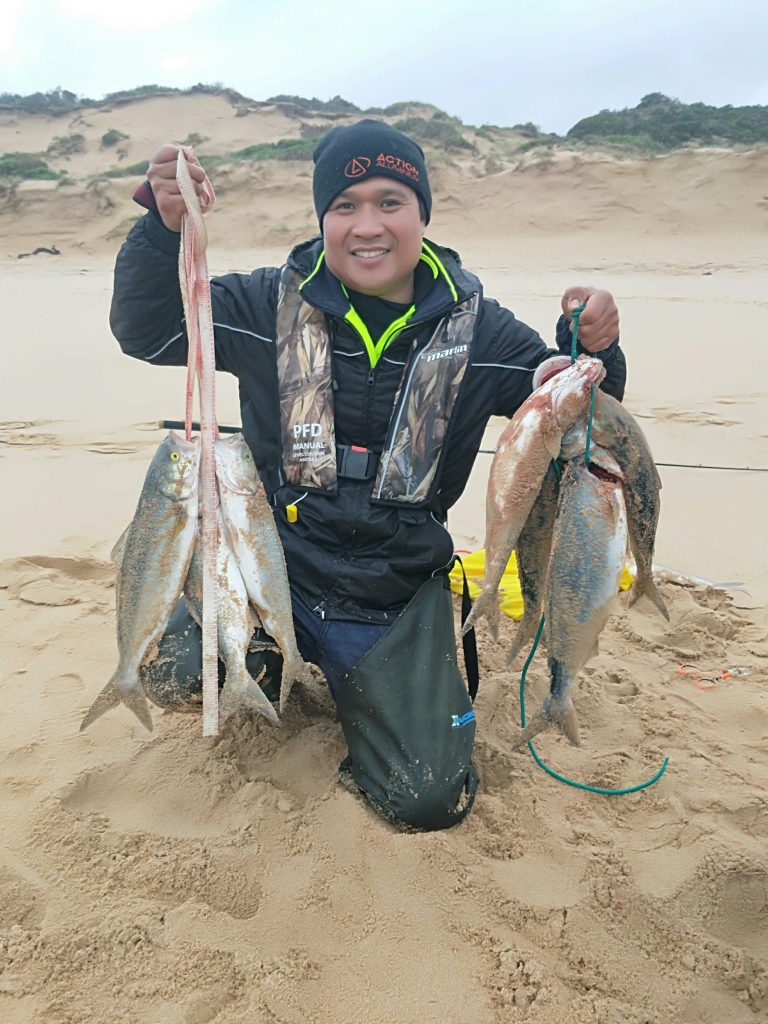
In summary, catching Australian salmon requires a combination of skill, technique, and knowledge of the fish’s habits and habitat. By using the right gear and equipment, fishing in the right location, and employing the right techniques, you can increase your chances of landing a big one. Always be aware of your surroundings and the conditions, and practice catch and release to help protect this iconic Australian fish species.


